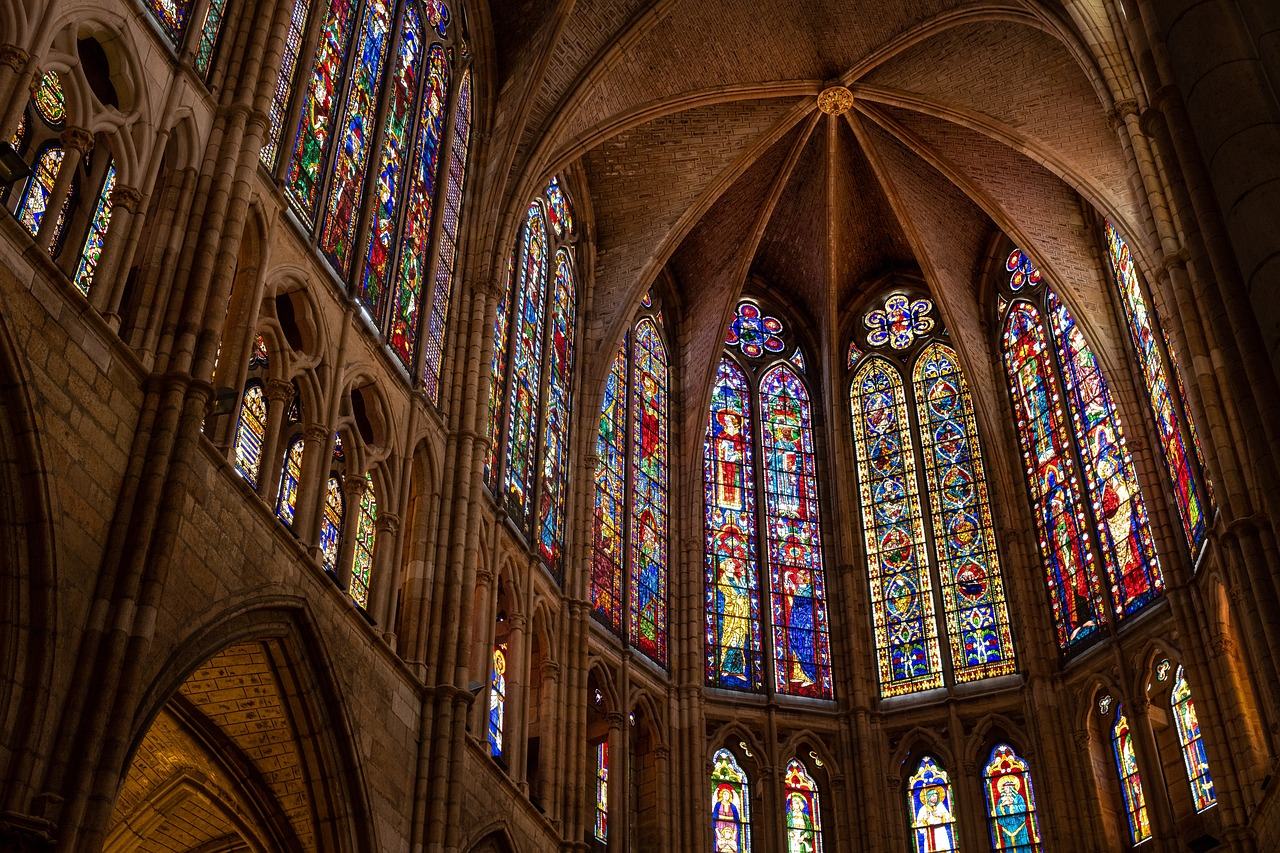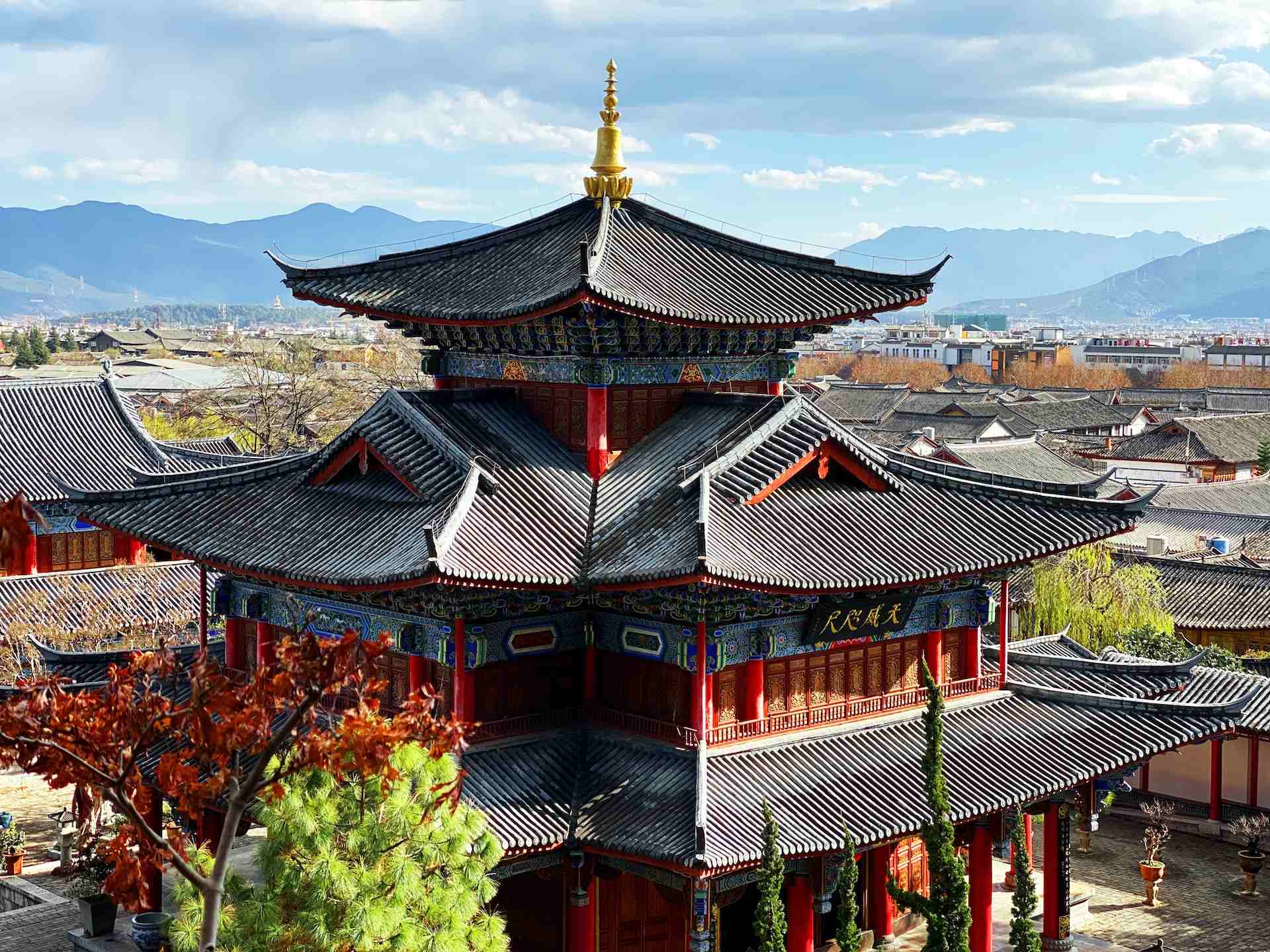Lhasa weather is an important aspect to consider when planning a trip to this beautiful city in Tibet. Known as the “Roof of the World,” Lhasa is located at an altitude of 3,490 meters (11,450 feet) above sea level, which makes for some unique weather patterns.
The city has a semi-arid climate with long, cold winters and short, mild summers. The average temperature in January, the coldest month, is around -8°C (17.6°F), while in July, the warmest month, it is around 16°C (60.8°F). However, due to the high altitude, the temperature can drop below -20°C (-4°F) in winter and reach above 25°C (77°F) in summer.
Lhasa also receives very little precipitation, with an average annual rainfall of only 250 millimeters (9.8 inches). Most of the rainfall occurs in the summer months, with June and July being the wettest months. The city also experiences strong winds and occasional sandstorms, particularly in the spring.
The best time to visit Lhasa depends on what you want to see and do. If you’re interested in exploring the city’s many temples and monasteries, the summer months of June to September are the best time to visit, as the weather is mild and the days are long. However, if you’re interested in trekking or outdoor activities, the best time to visit is from April to June or September to November. During this time, the weather is mild, the skies are clear and the views are spectacular.
| Month | Low (°C) | High (°C) | Low (°F) | High (°F) | Rain (%) |
|---|---|---|---|---|---|
| January | -8 | 0 | 17.6 | 32 | 5 |
| February | -7 | 1 | 19.4 | 33.8 | 5 |
| March | -4 | 4 | 24.8 | 39.2 | 5 |
| April | -1 | 8 | 30.2 | 46.4 | 5 |
| May | 4 | 13 | 39.2 | 55.4 | 10 |
| June | 9 | 17 | 48.2 | 62.6 | 20 |
| July | 11 | 16 | 51.8 | 60.8 | 30 |
| August | 10 | 15 | 50 | 59 | 25 |
| September | 7 | 12 | 44.6 | 53.6 | 20 |
| October | 2 | 8 | 35.6 | 46.4 | 10 |
| November | -3 | 3 | 26.6 | 37.4 | 5 |
| December | -7 | -1 | 19.4 | 30.2 | 5 |
Another important factor to consider when planning a trip to Lhasa is the altitude. The city’s high altitude can cause symptoms of altitude sickness, such as headaches, nausea, and fatigue. To minimize the risk of altitude sickness, it is important to take it easy during the first few days in Lhasa and to stay well-hydrated.
Furthermore, it’s also worth noting that Lhasa can get quite crowded during the peak tourist season. If you want to avoid the crowds, the best time to visit is during the shoulder seasons of April to June and September to November. During this time, the weather is still mild, and there are fewer tourists.
In summary, the best time to visit Lhasa depends on what you want to see and do. If you’re interested in exploring the city’s many temples and monasteries, the summer months of June to September are the best time to visit, as the weather is mild and the days are long. However, if you’re interested in trekking or outdoor activities, the best time to visit is from April to June or September to November, when the weather is mild, the skies are clear and the views are spectacular. Additionally, it’s important to keep in mind the altitude of Lhasa and the risk of altitude sickness, and also the peak tourist season, if you want to avoid the crowds.



